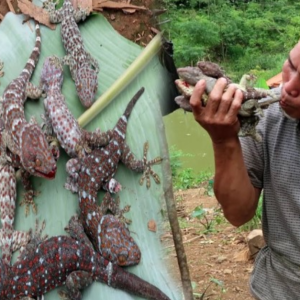Turritopsis dohrnii is the only animal known to be immortal. Whenever it is injured or dying, it can turn its cells back into young cells and start anew.
The only thing better than living a long time is finding a way to outwit death. Only one animal is known to have this remarkable ability: a species of jellyfish, Turritopsis dohrnii, a uniquely enduring organism first discovered in the 1880s in the Mediterranean Sea.
Turritopsis dohrnii is fondly called by the science community as the Immortal Jellyfish. Their secret? When they turn old they revert themselves back to their juvenile state. Yes, like hitting the restart button. Once the adults have reproduced, they don’t die unlike other common jellyfish. Instead, they transform themselves back into their juvenile polyp state. Their tentacles retract, their bodies shrink, and they sink to the ocean floor and start the cycle all over again. And the incredible thing is, they can do it again. Over and over again.

Turritopsis dohrnii, the ‘Immortal Jellyfish.’ As the jelly ages, it eventually settles onto the sea floor and becomes a colony of polyps (individual organisms). The polyps then spawn new, genetically identical jellyfish. Image credit: Ana Clara Machado
So, this jellyfish species, Turritopsis dohrnii, is virtually immortal. Of course, they can still die due to predatory reasons, or to a certain desease or even loss of food and habitat.
However, if a Turritopsis dohrnii gets physically harmed or starts to starve, it can transform back into a polyp at will – then in turn produce new, genetically identical jellyfish.
We definitely have a lot to go to fully understand this unique creature. Here’s a visualization of what we know of their life cycle so far.

Turritopsis dohrnii has been seen to age in reverse, skipping several life cycle stages and reverting to an earlier stage of development, at which point it begins its life cycle again. The Biologist
And here are some more pictures and a cool video.

Turritopsis rubra – Commonly confused with immortal jellyfish. Photo Credit: Peter Schuchert/The Hydrozoa Directory

Turritopsis dohrnii Image credit: Bachware
There can be only one!





